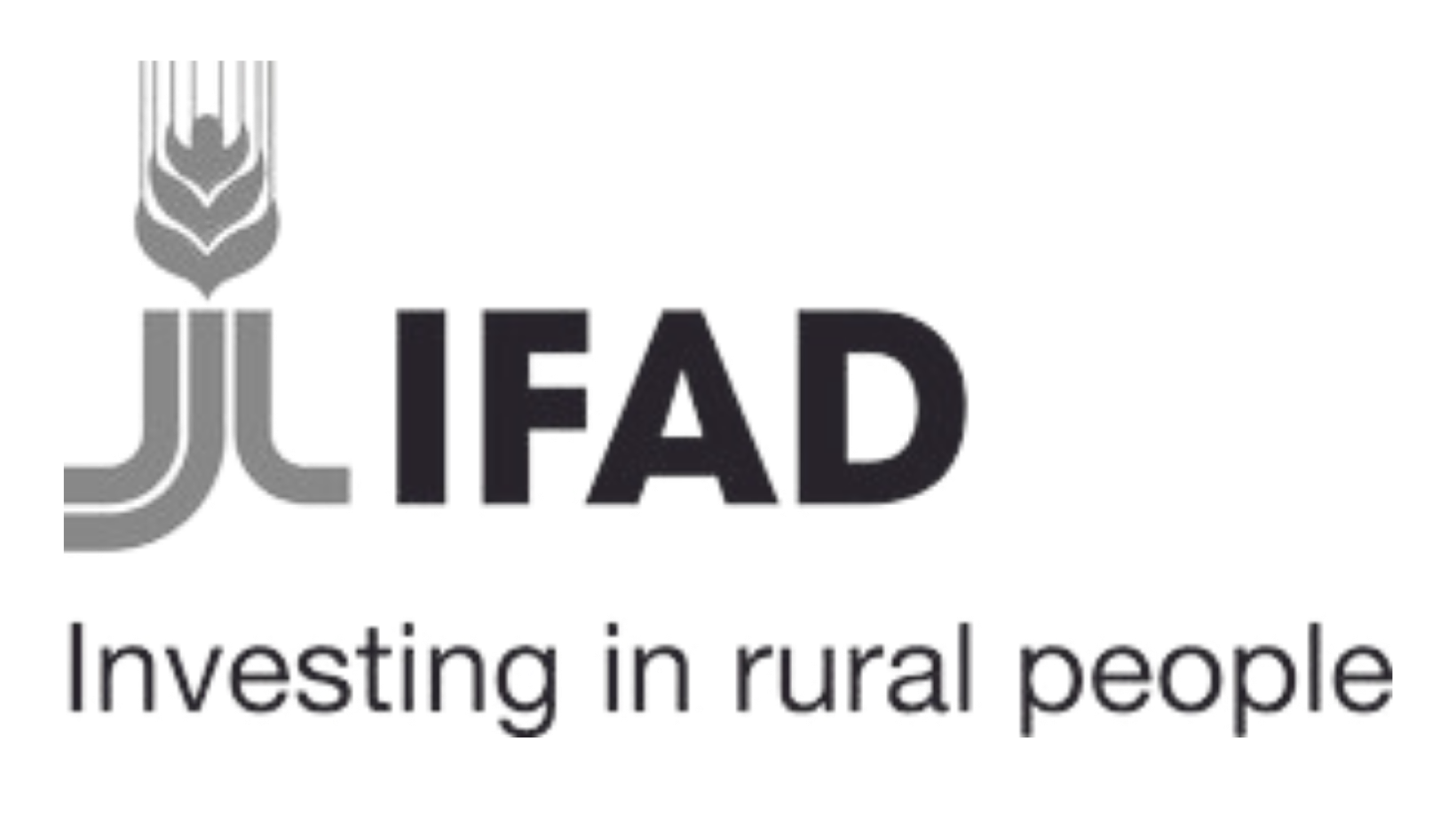Let’s journey to the Dang District of Lumbini Province in Nepal with its 241 254 hectares of forest area, of which 46% is community forests. The concept of community forestry was introduced in Nepal in the 1970s and its participatory approach where local communities are involved in forest management together with government and international organisations has positive implications for not only conservation of forests, but also using the forests for livelihoods management sustainably.
It is here we find Tulispur City with its one and half million population and the Amritpur Social Entrepreneur Cooperative (ASEC) that encompasses 10 community forest user groups: Triveni, Mahalaxmi, Nawa Durga, Ashwara, Samjhana, Namauna Mahila, Phulbari, Mayalu, Srijana Mahila and Annapurna. Together, they comprise 3000 households that practice small-scale forestry activities.
The Finnish Agri-Agency for Food and Forest Development (FFD) project “Women for entrepreneurship and resilience – transforming fish-farming and forest value-chains in Nepal” aims to enhance women’s income generation, entrepreneurship and livelihood resilience. In Tulsipur, women in the community forest user groups create new products and services to enhance their income-generation opportunities and entrepreneurship, thereby creating social safety nets and livelihood security.
Their activities focus on non-timber forest products. Non-timber forest products are any product or service other than timber, and fuel wood that is produced in forests and are an important element of forests. They include medicinal and aromatic plants, bamboo and rattan, nuts, fruits, tubers and barriers, grasses, leaves, resins etc. and can be obtained from trees, shrubs, herbs, climbers and so forth.
In Tulispur, the community forests are mostly made up of sal tree (Shorea robusta) forests. Sal trees are used as timber and fuelwoods and its leaves are used for plates (the Tapari, Duna and Bota). Sal leaf plate production is a traditional forest-based occupation and enterprise in Nepal dependant on the availability of sal leaves from nearby forests. In addition, sal leaves are used as animal feeds, while sal fruits and seeds have medicinal use in Ayurveda, one of the world’s oldest traditional healing sciences, taught by oral tradition.
Managing community forests and an income generation from the use of non-timber forest products, however, still faces many challenges in Nepal. One of the project activities completed in 2021, included an assessment of climate change impacts on forestry-based enterprises under ASEC. The results showed that increased precipitation will increase the occurrence of floods. In addition, it was determined that drier seasons will become drier and instances of drought will increase. The assessment also showed that the occurrence of forest fires is also a major challenge in Dang, and these are mostly human induced. It was estimated that, on average, 77 forest fire days occurred in Nepal between the years 2001-2020, resulting in an on average in annual loss of 172 040.65 ha of forests. According to reports from ASEC, forest fires contributed to an estimated loss of 1844 ha of forests in Dang in 2022.
Disaster (e.g forest fires) risk reduction measures are now being implemented. To mitigate the forest fires, ASEC embarked on the building of a dam in Chuckle Kola at the border of the Mahalaxmi and Ashwara community forest areas. The dam stocks water (5000 m3) during the rainy season for use in the dry season, mainly for forest fire control. The dam also provides water for irrigation to approximately 100 households in both community forest groups, covering about 50 hectares of agricultural land in the surrounding catchment area. In addition, the dam is also a water source for wildlife, which suffer greatly during the drought season. The construction of the dam took three and a half months and cost two million NPR (15 000€).
An irrigation committee, encompassing 60 household from the community forest user-group, was established to manage the dam. The irrigation committee collects a 50 NPR (0.40€) monthly fee from the households, for maintenance of the dam, improving irrigation and farming of new crops. They have collected about 40 000 NPR (300€) to date.
In the July to September rainy season of 2022, the dam unfortunately underwent some damage with one meter of earth, on one side of the dam, flushed away by the heavy rain. Repair work will be done over the next two to three months. Despite this challenge, the dam has already proved a successful venture. For example, one community forest group user farmed one hectare of cucumbers using irrigated waters from the dam and earned 50 000 NPR (390€). Further uses for the dam waters are also being developed. For example, the community forest user groups are also planning to irrigate 1.5 to 2 hectares of land and turn it into a green park for community use and enhancing well-being.
Here, two community forest user groups came together for a common venture and now the benefits are being accrued not only at community level, but also at the household and individual level. The community forest user groups through their cooperation substantiate Mahatma Ghandi’s words: “What we are doing to the forests of the world is but a mirror reflection of what we are doing to ourselves and to one another.”
Roseanna Avento
Kobe Global
Twinning Partner Representative Finnish Fish Farmers’ Association
The project: ‘Women for Entrepreneurship and Resilience - transforming fish-farming and forest value-chains’ project in Nepal’ is funded by the Ministry for Foreign Affairs of Finland from 2021-2024

















